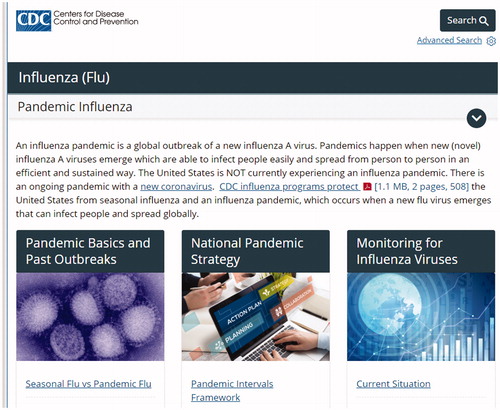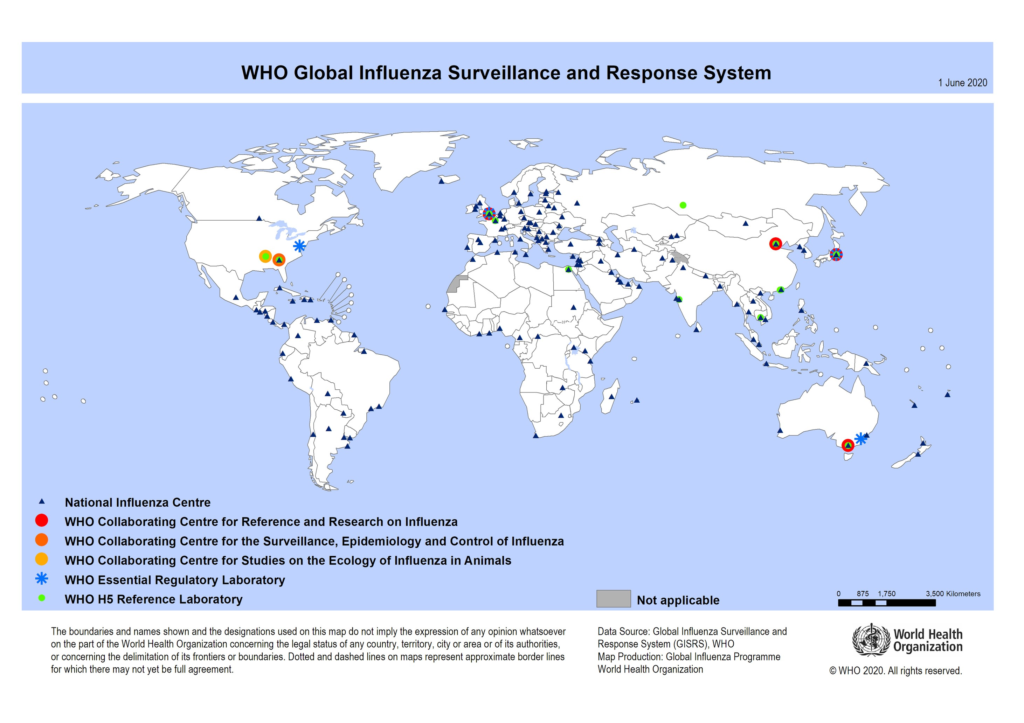Acutely aware of the mounting need to better understand pandemics in light of COVID-19, York U librarian Marcia Salmon created an indispensable new guide for consumers. It sums up the history of pandemics, and offers descriptions of and links to leading resources like the WHO and CDC.
York University is a diverse community working together to tackle complex societal challenges. Our mission is the pursuit, preservation and dissemination of knowledge. Innovation is our tradition. Recently, one steadfast librarian embodied these qualities and aspirations to a tee.
Marcia Salmon, a digital scholarship metadata librarian at York University Libraries, realized there was a growing need, in the research community and the public, to better understand influenza pandemics in light of COVID-19. She responded by creating a webliography – a list of electronic documents, websites, or other resources available on the World Wide Web.

Salmon’s webliography, published in the Journal of Consumer Health on the Internet (2020), is a guide for consumers to reliable organizations that provide information on influenza pandemics. It outlines the World Health Organization (WHO)’s and the United States Centers for Disease Control and Prevention (CDC)’s definitions of such pandemics, discusses the difference between pandemics and epidemics, and reviews the cause and effect of past influenza pandemics.
“Currently, all regions of the world are experiencing the COVID-19 pandemic and are in self-isolation to halt the community spread of this deadly virus. This webliography provides information on how pandemics occur and are classified; past pandemics; and how to manage, mitigate, and prepare for pandemics now and in the future,” Salmon explains.
Salmon, who has worked at York for 18 years, may just be the ideal person to build this webliography. She specializes in providing access to serials and electronic resources. She also contributes to reference services at the Steacie Science and Engineering Library. Her research interests include health librarianship, providing access to electronic content, open access and institutional repositories.
Webliography provides context, history for audiences
Salmon is skilled at providing context. She notes that between 1918 and 2018, there were four influenza pandemics, the first and most deadly being the Spanish Flu or the N1H1 virus. “This infected nearly 500 million people – that’s one-third of the global population at that time – and cost the lives of 50 million people,” she says.

Next, the H2N2 virus emerged from Asia in 1957, and led to 1.1 million deaths worldwide (CDC). Eleven years later, the H3N2 virus killed one million people (CDC). In 2009, the H1N1 virus, more commonly known as the swine flu, swept the globe. “The exact number of people or deaths caused by the swine flu isn’t known, but estimates suggest 1.6 million confirmed cases and 151,700 to 575,400 deaths globally,” Salmon concludes, referring to both WHO ad CDC resources.
Next, of course, came COVID-19, first identified in Wuhan, China by WHO (December 2019).
Webliography tackles common confusions
Salmon also clarifies the issue, first tackling the common confusion surrounding pandemics and epidemics. “An epidemic is defined as the occurrence of more cases of a disease than expected in a population group in a geographic area. A pandemic is an epidemic that has spread over many countries and/or continents, affecting a substantial percentage of the population,” she writes.
She contrasts the CDC definition of an influenza pandemic with the more complicated, six-phase WHO definition. The first definition is “a global outbreak of an influenza virus that affects a large portion of the world population. These types of pandemics occur when new influenza A viruses, which may be transmitted from animals to humans, are easily spread from human to human.” (CDC).

The WHO’s definition involves the following phases:
Phase 1: When there is no influenza virus among animals known to cause infections in humans.
Phase 2: When the virus has jumped from animal hosts to human hosts. “This makes it a pandemic threat,” Salmon explains.
Phase 3: When the virus has caused small numbers of infections in people but has not resulted in enough human-to-human transmission to cause community-level outbreaks.
Phase 4: When human-to-human transmission occurs, causing community-level outbreaks. “Sustained community-level outbreaks are a significant risk factor for pandemic status. This phase may sometimes be categorized as an influenza epidemic,” says Salmon.
Phase 5: When the influenza virus has community-level outbreaks or human-to-human transmission in at least two countries.
Phase 6: When an additional country experiences a community-level outbreak, this is a global pandemic stage.

The webliography also profiles key resources – the Public Health Agency of Canada, the CDC and WHO – and offers a brief overview of the nature of each resource.
With the transmission of COVID-19 rising in many countries, in the second wave, and the global death rate reaching 2,470,772 (as of February 24, 2021, according to WHO), this new resource from York University is vital.
To see the webliography, see the website. To learn more about York U Libraries, visit the website.
To learn more about Research & Innovation at York, follow us at @YUResearch; watch our new animated video, which profiles current research strengths and areas of opportunity, such as Artificial Intelligence and Indigenous futurities; and see the snapshot infographic, a glimpse of the year’s successes.
By Megan Mueller, senior manager, Research Communications, Office of the Vice-President Research & Innovation, York University, muellerm@yorku.ca
